
Kino
Members-
Posts
256 -
Joined
-
Last visited
Content Type
Profiles
Forums
Articles
Everything posted by Kino
-
Canon EOS R5 / R6 overheating discussion all in one place
Kino replied to Andrew - EOSHD's topic in Cameras
I'm sure it's great, although FF 8K would have been much more sensible with less demanding optics. The optical challenge in resolving 12K at the Super 35mm sensor size requires lenses that cost far more than the Blackmagic camera. It's a camera for rental houses, which is why it ships with a PL mount. There, they can rent you the $40K Cooke lenses you will need for that purpose. -
Canon EOS R5 / R6 overheating discussion all in one place
Kino replied to Andrew - EOSHD's topic in Cameras
IBIS is no substitute for a stabilizer or tripod, unfortunately. I believe 8K RAW at Full Frame is ideal for landscape and architectural videography as well as stock footage. VFX guys and product shooters (commercials, ads) would also find it useful, I'm sure. -
Canon EOS R5 / R6 overheating discussion all in one place
Kino replied to Andrew - EOSHD's topic in Cameras
Ooh la la! There is a bit too much contrast, but it is a nice image overall. There is also significant noise in some of the night shots, but that might be user error. -
If you count the 12th stop on the Pocket, which is just barely off the noise floor, you would have to count the 13th stop on the Komodo. In either case, Komodo demonstrates a 1-stop improvement. Moreover, Komodo has 2 usable stops at or above 80 IRE and a much flatter curve overall. And this is to say nothing of the lack of an AA filter on the Pocket. RED, by contrast, employs very aggressive OLPFs that soften the image and give it a more filmic look. I do think Komodo is a bit soft for a 6K camera as a result, but that is just my preference.
-
Canon EOS R5 / R6 overheating discussion all in one place
Kino replied to Andrew - EOSHD's topic in Cameras
Engineering guy: "I shot an entire wedding on the R5 in 1080P and it didn't overheat": He even has to concede that the LOG on the R5 is not as flat as the EOS R. Like I said, this stuff just writes itself . . . -
Canon EOS R5 / R6 overheating discussion all in one place
Kino replied to Andrew - EOSHD's topic in Cameras
This Canon patent was filed last year for the 1D body. It might find its way to the next 1DX or perhaps a "1DC II." Still, I would not rule out a new mirrorless flagship ("1RX") or a proper cinema camera to host this 8K RAW implementation. Patience is key. Good things come to those who wait . . . -
Highly contradictory reviews on EOS R6 overheating limitation
Kino replied to Andrew - EOSHD's topic in Cameras
-
Not for me. RS would not be an issue in most situations (static/tripod shots, sliders, and gimbals) and is greatly reduced in 60fps. You can even shoot 1.3 crop and 60fps to retain the DPAF. There is no other FF camera with internal 5.5K RAW and all these features for that price. On top of that, it can produce a very filmic image and will retain its value as an investment in case you need to sell it:
-
Moc Nguyen always seems to get the best out of the R5: Is this getting closer to the 1DX III image quality? I think it is still a step below in terms of DR and creaminess.
-
One would assume so, and the camera is certainly not going to "explode," but you cannot be sure there will be no damage due to repeated overheating. There are no guarantees when it comes to electronics overheating. I've burned out plenty of electronic components (capacitors, circuit boards, light engines, etc.) over the years in TVs, monitors, and PC components, even with such throttling protection in place. With Canon, I've always said that they are the most reliable as the Toyota/Lexus of cameras, but they have never had a problem like this before. This is uncharted waters for Canon and its customers.
-
R5 overheats after 9 minutes in All-i 8K 24/30 fps (not even RAW) when testing the camera in the car (10:20). Then, a little while later when he starts recording again, it overheats much faster. This camera is basically unusable when recording longer than 1-minute clips. You also have to wonder what is happening to the long-term health of the internals (e.g., circuit board) considering the excessive heat generation. This $4K investment could easily burn out its circuits after the warranty period.
-
R5's 4k 120fps is super clean and very impressive, but the camera in C-log simply lacks the DR of competitors like the S1H. Perhaps C-log 3 will help:
-
The G2 even does 300 fps in HD:
-
The 4k 120fps out of the URSA G2 should be added to that list.
-
This stuff just writes itself . . .
-
I love the URSA Mini Pro bodies and am delighted they chose to keep it. I never had the pleasure of owning one, but I would definitely purchase the shoulder mount and the EVF at some point. I hate shooting without an EVF in bright sunlight. Like the FS7, the UMP form factor reminds me of the days when we shot on film with 16mm cameras. All you get from RED/Kinefinity/ZCAM is a shoe box with an articulating screen on top. What am I supposed to do with that?
-
Even Lok got one on "First Lok." Here, he shows why it is Canon's best vlog cam . . . until it gets too warm and you have to switch hands. https://www.youtube.com/watch?v=vbqtkR_yyjM
-
Canon 9th July "Reimagine" event for EOS R5 and R6 unveiling
Kino replied to Andrew - EOSHD's topic in Cameras
I don't think it is going to win any DR contests, if that is what you mean. But if you keep the camera within its limits, it can generate some decent footage with no apparent noise: http://vimeo.com/428556668 http://www.youtube.com/watch?v=UskTIP40HTQ But, yes, overall the footage has been rather disappointing from a "filmic" perspective. Most of what we have seen demonstrates limited DR (around 10-11 stops) and a "thinning" of the color bit depth: Some of that poor quality probably has to do with user error or lack of proper grading options. Otherwise, it is Canon's way of telling us to buy the 1DX III for video. -
There are many things to consider beyond image quality and spec sheets if you have never owned a BM camera. I believe you mentioned on another thread that you owned a RED Helium previously and that you shoot 8K for display manufacturers. Well, this is different. You are leaving the castle and joining the peasants. Since we are talking about your livelihood, I would not purchase a $10K BM camera without an extended warranty of 3-5 years. Now if you are selling stock footage at 8K RAW, you may have a problem with selling BRAW as it has not enjoyed the universal adoption of R3D files until very recently. I think BM released BRAW plugins for Adobe and Avid just last year. If you want to rent your camera out for the maximum fee, the RED is also a better choice in that regard. Many (non-technical) people in the industry have never heard of BM, but they all know and want RED. This is due to ignorance perhaps, but it is reality. The URSA 12K looks very impressive in J.B.'s controlled skin tone tests. Colors and skin tones are solid and the noise pattern is so finite that you can hardly see it. But the outdoor shots Grant showed in his presentation were nothing special in terms of DR or color. I would wait a few weeks until you get more test footage in challenging outdoor conditions.
-
Yes, I agree. But it does even more than this. I believe Grant said RGB (444) output in 8K! That is far more than what Canon and Sony can offer you on their high end cameras with a similar RGB recording function.
-
I think this is way beyond the RED Komodo, which is just an entry-level gimbal camera. It is aimed more at the Kinefinity, Sony and Canon cameras in that $10K segment along with the RED Helium 8K, which is more than double the price. The main issue is that it is a missed opportunity to offer FF. As it is, the URSA MINI PRO G2 has more DR and is also S35 with the same body (interchangeable lens mount, etc.), and it produces stunning footage in 4.6K RAW 60 fps and 4K RAW 120fps at $6500. That camera has a dual-gain architecture and has been nearly perfected over several iterations. The only major issue is the red-channel clipping on tail lights, for example. Other than that, it offers a very compelling feature set at a much better price.
-
I hope this engineer doesn't work for Sony, since he seems to get around these days . . .
-
Kinefinity Terra 5K is "not finalized on shipping date," according to their website: http://www.kinefinity.com/shop/terra/?lang=en It is still a hypothetical camera not in release, despite promises of shipping so long ago. As for the 6K sensor, it's the same as the Kinefinity 6K and has the worst rolling shutter you have ever seen in a cinema camera. For those who want 6K resolution that debayers to proper 4K, there are only going to be two realistic choices: RED and the EVA1. I think Panasonic has done something amazing and noteworthy. It's a very ambitious camera and the Vimeo footage is truly gorgeous (despite the fact that we are not even talking about the RAW 5.7K output as of yet):
-
Panasonic is now claiming 12 Bit RAW 5.7K output to Odyssey and Shogun using 6G-SDI output to CDNG files (up to 30fps) available in early 2018: I believe that if you already have an Odyssey RAW package, it will be included. I'm not sure if it's a free firmware upgrade on the Panasonic side of things. No mention of file sizes, but if previous experience with Odyssey and 4K RAW is any indication, they will be huge! I'm guessing around 400-500 MB/S or larger given the 17.25 megapixel sensor.
-
The 1DC produces a gorgeous image to rival any digital cinema camera. No doubt about it. You guys are lucky to have that camera! As for 10 bit, I don't think it would have been possible to do 4K 10 bit intraframe in a completely weather-sealed body as the 1D. There would be way too much heat generation. Unless, what you mean is that you prefer a 10 bit highly-compressed codec to MJPEG. The processing power was simply not there for such compression and Canon had not developed any internal 10 bit 4K codecs before the C300 II.

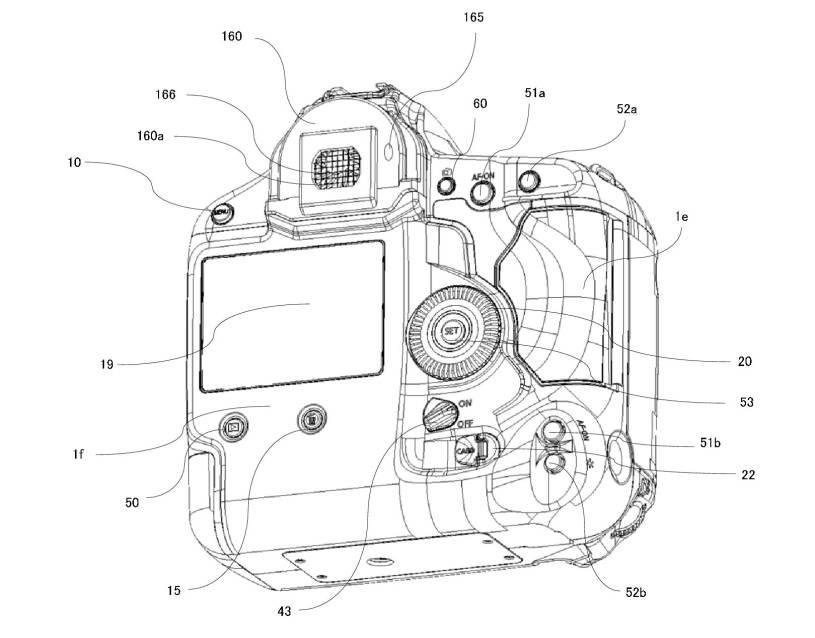
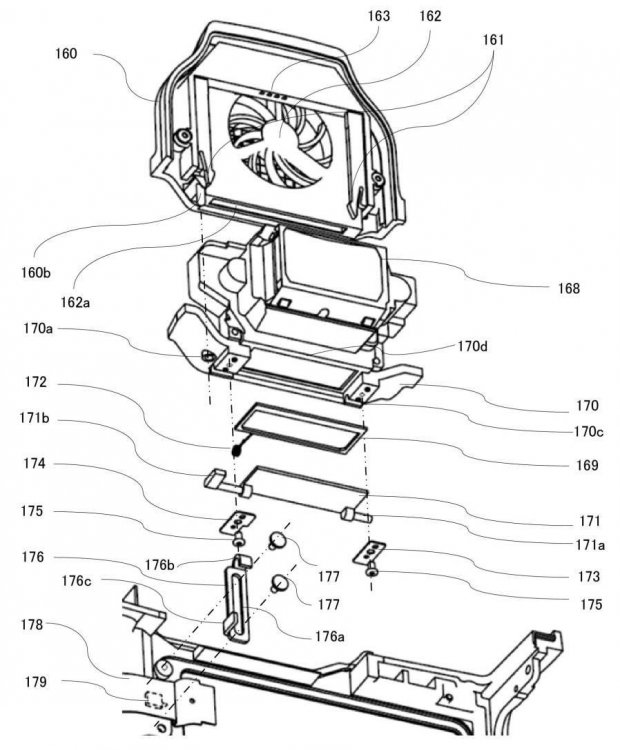
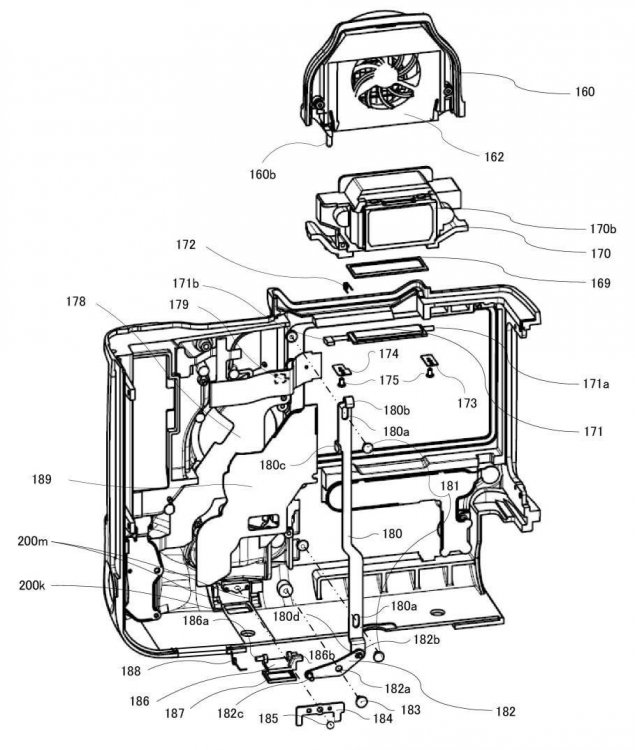
.thumb.png.9ae9a8944f27bef4f634bc20549abd37.png)

.thumb.png.e79ccada332ca502a60b4c75df0d806c.png)
.thumb.png.e8f7d0ab2a417629a819e23fea9f4ec0.png)
.thumb.png.174e0a72f64395ed931646103c7fd029.png)
.thumb.png.1f01eed76149aca3791ec715ecfb5339.png)
.thumb.png.5e5461a59486c09c07b5a08c8c80b6da.png)
.thumb.png.6f16b8ace74e7e6abaad25140b63ca75.png)
.thumb.png.b5ef922895fbb179dfb386770b8dfebb.png)
.thumb.png.c2cc8471cc1ba007513d9e590ff91636.png)
.thumb.png.58eb902e0c59126b1e39c53dba9ccae7.png)
.thumb.png.dde0675cc0bef7e4602b3b16051a94ee.png)


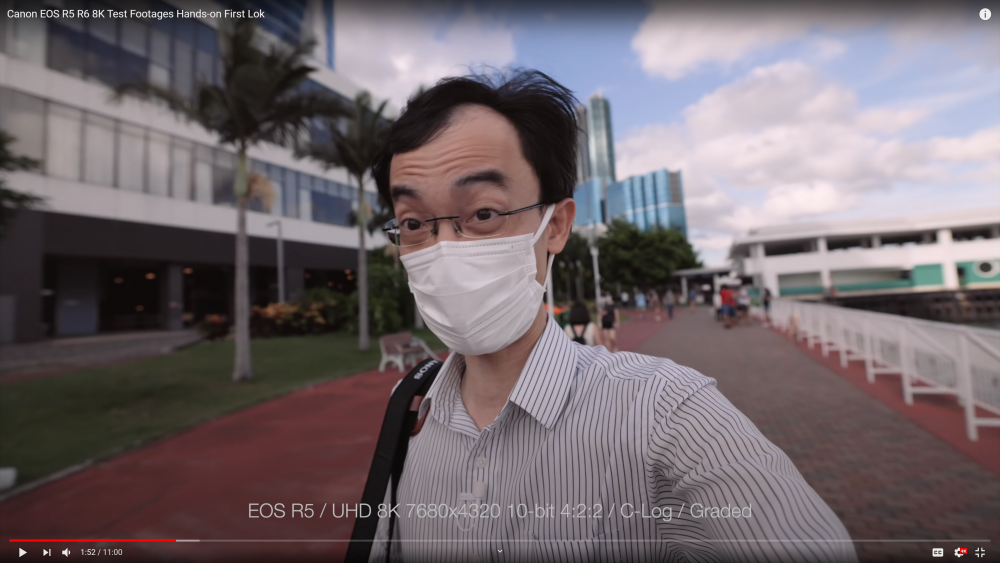
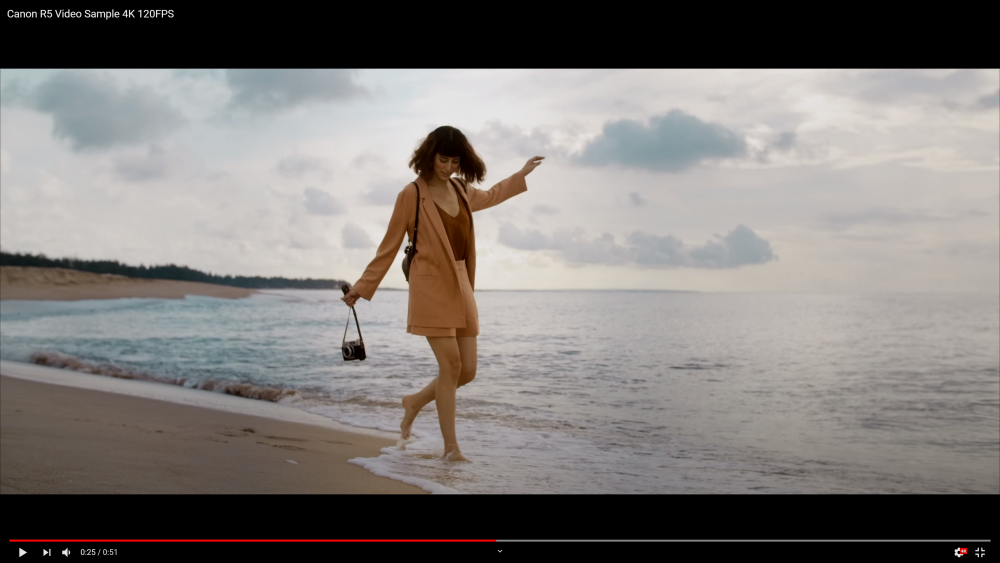

.thumb.png.f0810788dc7e56f5cdafb30969740a50.png)
.thumb.png.b997d3a6ed4a77204ebb37e80e567d4b.png)
.thumb.png.a8702cc66c28dee87714bcdd70a4ff73.png)
.thumb.png.36599cdf5c18cec19b3976ed8d7f762c.png)
.thumb.png.9dfa38acd633e44f2a00a673399b5720.png)